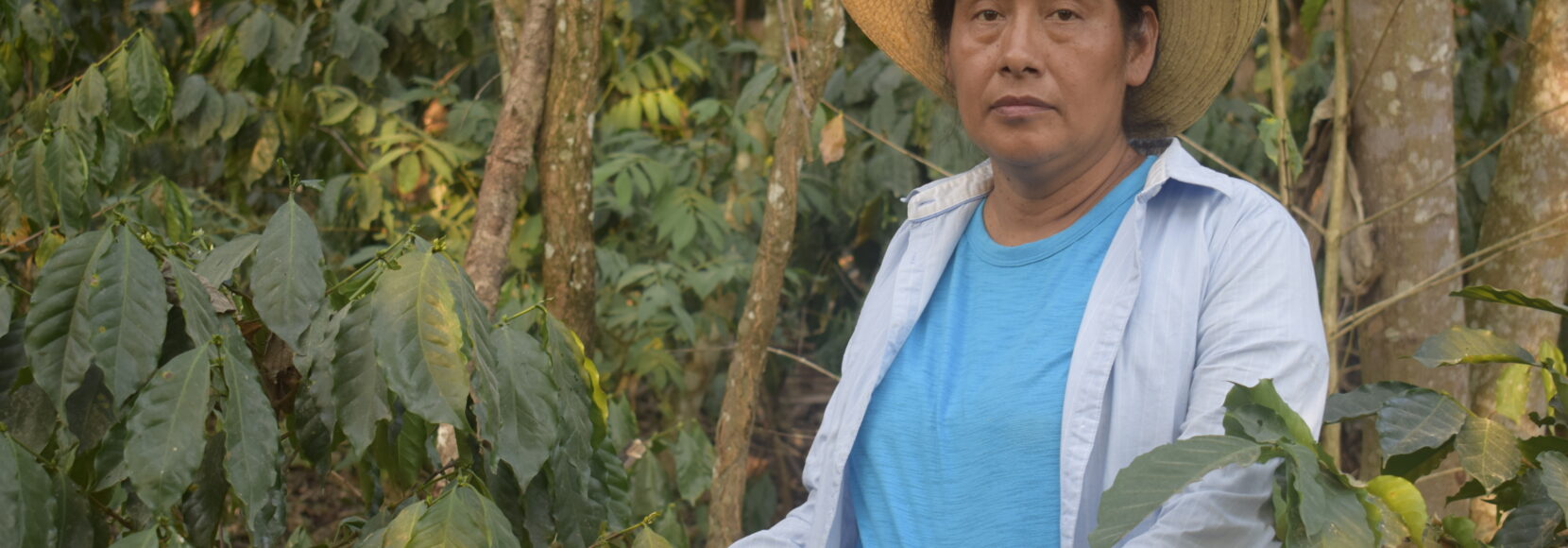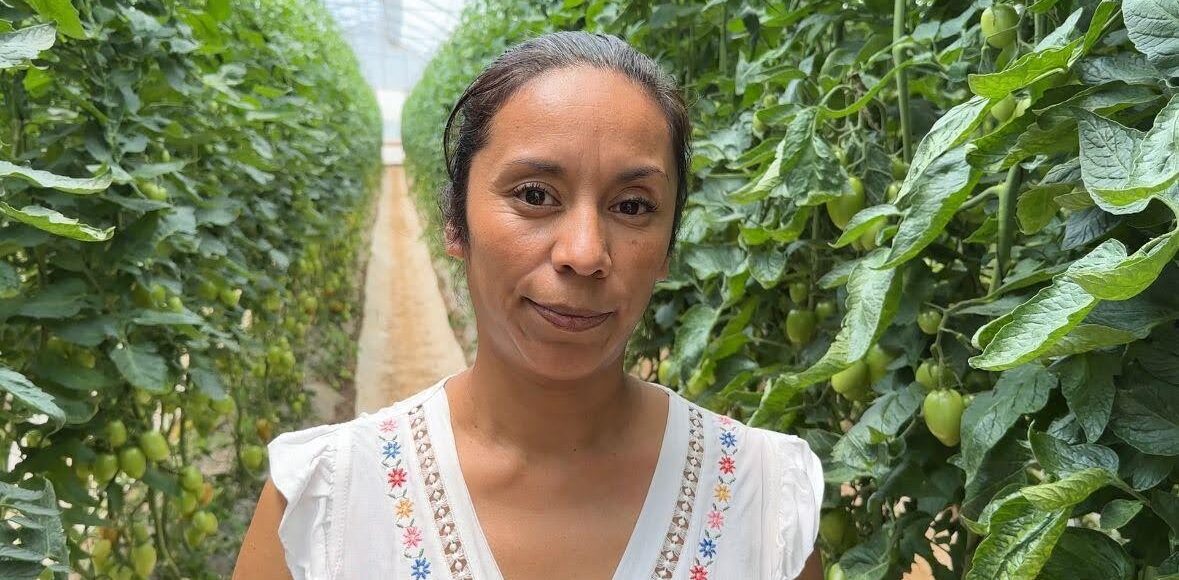
Fast Fun Facts to Help You Celebrate National Coffee Day
In honor of National Coffee Day on September 29, TechnoServe is sharing a list of some of these facts, to help you appreciate the coffee-drinking experience even more.
Coffee provides an essential source of income for smallholder farmers in many African and Latin American countries, and an essential (well, it feels essential!) source of caffeine for people around the world.
But while many people may reach for a cup throughout the day, they may not know some of the most interesting and surprising facts about this popular beverage.
In honor of National Coffee Day on September 29, TechnoServe is sharing a list of some of these facts, to help you appreciate the coffee-drinking experience even more. And don’t forget one of the most important fact about coffee: it can help lift millions of farmers out of poverty worldwide!
1) Energetic goats?
Believe it or not, it’s long been said that humans aren’t the only species to enjoy a caffeine boost. While the exact origins of coffee are unclear, there is a widely shared legend that coffee’s stimulant qualities were first discovered by goats! The story goes that, in around 800 AD, an Ethiopian goat herder named Kaldi noticed his goats become extra energetic after eating the berries from a certain tree. Kaldi shared this observation with monks at a local monastery, who, after brewing a drink with the berries, understood what the goats were so excited about. Word of this invigorating beverage spread, eventually reaching the Arabian Peninsula, where coffee cultivation and trade began.
Today, the legendary birthplace of coffee is well-suited to reclaim its status at the center of the world’s coffee trade—Ethiopia already produces some of the world’s best tasting coffee, and has the potential to market more than 6,000 heirloom coffee varieties. For instance, one of TechnoServe’s coffee projects in Ethiopia–REgrow Yirga, funded by USDA, JDE, and Peet’s Coffee, in partnership with Kew–is working in Yirgacheffe in southern Ethiopia to enhance the sustainability and competitiveness of Ethiopia’s coffee sector. This is one of a portfolio of programs TechnoServe has in Ethiopia.
2) A long journey from the farm to your mug
The United States is one of the leading coffee-drinking countries, but did you know that very little coffee is actually produced in the U.S.? In fact, only two U.S. states currently produce coffee: Hawaii and California. Coffee cultivation in Hawaii has a long history, with the first plantings in the Kona region taking place in the 1820s, but coffee growers in California only found that coffee could grow in certain microclimates in the state as recently as the early 2000s.
The vast majority of the world’s coffee is grown in Brazil, followed by Vietnam, Colombia, Indonesia, Ethiopia, Honduras, India, Uganda, Mexico, and Peru. Many other countries in Latin America and Africa grow coffee as well, though they may face greater challenges in terms of access to marketing and supply chains.
Coffee in all of these countries, however, is threatened by climate change. Climate change has already led to an increase in both periods of drought and heavy rainfall in these areas, making coffee cultivation even more difficult for local smallholder farmers. TechnoServe is working with coffee farmers in these areas to improve their climate resilience and implement climate-smart growing techniques.
3) Coffee beans aren’t beans at all
It’s true! Coffee beans are actually seeds. They are found inside coffee cherries: red, round fruits that take about seven to nine months to fully develop. Typically, each cherry will yield two coffee ‘beans’.
Processing the coffee cherries is more involved than you may realize, as well. Coffee cherries begin to ferment shortly after they are picked, the skin of the cherries must be removed and the beans dried before farmers can sell the coffee beans.
To learn more about coffee processing, take a look at this article on coffee processing in East Africa, part of our three-part series on coffee cultivation, “Crop to Cup”.
4) The beans have been banned
Before coffee became the ubiquitous beverage it is today, various attempts have been made to ban coffee entirely! In Mecca in 1511, coffee was banned due to its supposed tendency to promote radical thought. When coffee first arrived in Italy in the 16th century, clergymen initially attempted to have it banned and labeled ‘satanic’, but were thwarted by Pope Clement VIII, who found the drink delicious. Coffee was also banned in Constantinople in 1623, in Sweden in 1746, and in Prussia in 1777 by Frederick the Great, who was a firm believer that beer, not coffee, went best with breakfast.
Now, thankfully, coffee beans are readily available the world over, and coffee farming creates an empowering livelihood for many families–such as the family of Zuleyka Lugo-Ortiz, a fourth-generation coffee farmer in Puerto Rico.
5) Some coffee can cost up to $600 per pound
One of the most expensive coffee varieties in the world is produced from coffee seeds excreted in the feces of Asian palm civets. The undigested seeds produce a smoother brew called kopi luwak. Not your cup of tea (or coffee)? Some people are willing to pay up to $600 per pound for this brew. It is important to note, however, that the means of producing this coffee have drawn heavy criticism from animal welfare activists.
While we don’t anticipate prices reaching $600 per pound, TechnoServe is working diligently with smallholder coffee farmers to help them implement better, more sustainable farming and processing practices which will create higher-quality coffee, allowing them to charge higher prices–thus improving quality of life for them and their families.
We hope you now feel a bit more informed about your favorite beverage. Click the buttons below to share these fun facts–and spread the appreciation for all that coffee has to offer.





